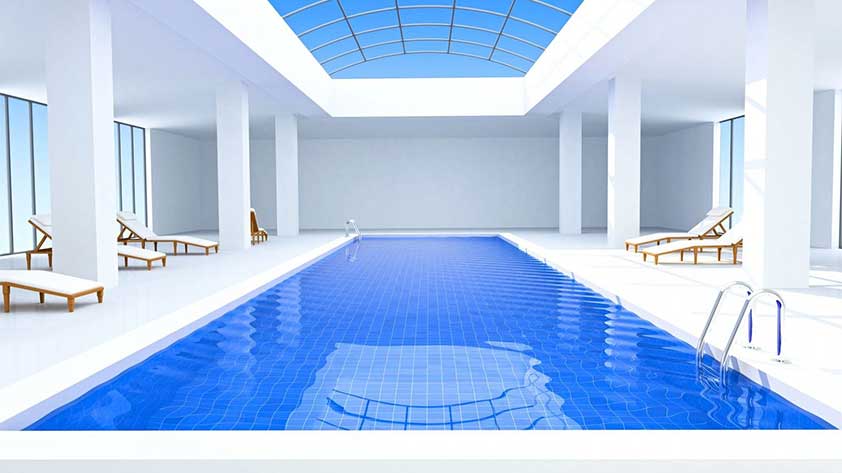
Taking the plunge to trade out the comfort of an indoor pool for the unpredictability of open water swimming is really brave. While they require similar skills, they have drastically different safety concerns. When making this transition, safety and equipment is the most important thing to research and stay on top of.
As a beginner, you should never brave the open water alone, regardless of your swimming abilities. Find a local group or a friend to accompany you until you have successfully found your ‘footing’ in the water. Below we explore 3 Safety Tips When Transitioning from Indoor to Open Water Swimming!
Open water swimming is appealing and popular for many reasons, one of which is the positive impact it can have on your mental health. Swimming in open water is a form of mindfulness and exposure therapy, helping you to alleviate stress, depression and anxiety. Other benefits of open water swimming include major improvements to your endurance, fitness levels and overall strength.
1. Acclimatize
Acclimatizing is the act of adjusting your body to new conditions and in open water swimming, this means adjusting to the temperature of the water. This is something you never have to do when swimming indoors, due to temperature-controlled pools but it’s non-negotiable for open water swimming.
Ensuring you correctly acclimatize is vital for your safety to avoid sending your body into shock. Usually open water tends to be on the colder side which means you should focus your acclimation towards that rather than warmer temperatures.
There are many different ways to acclimatize. The easiest way is to have brief, cold showers and baths in the build up before your open water swim. Once you arrive at the water, another way to acclimatize is to splash your face with the water before entering. This will let your mind and body know what to prepare for.
Cold water can alter your breathing pattern and swimming ability, so it’s important to stay close to safety until your body has adjusted. Other ways to acclimatize include spending 30-second intervals in the open water before you become used to it.
2. Correct Gear for Swimming
Swimming in an indoor pool typically means the only gear you need is a swimming costume. Well of course this isn’t true for everyone as some people need armbands, swimming goggles and even a swimming cap. However, the gear you need when transitioning from open water swimming is a lot more essential as it ensures your safety in the water.
You should:
- Find a comfortable wet suit (thermal for the winter)
- Decide if you want a rash vest
- Buy neoprene accessories (cap, gloves, socks, shoes)
- Choose a suitable tow float
- Buy a dry bag
- Emergency whistle
- Choose goggles suitable for you (clear, mirrored or prescription lenses)
All the new gear you buy should ideally be in bright neon colors, of course this excludes the wet suit. Bright colors allow you to be seen in the water by fellow swimmers, passing boats and medical crews in the event of an emergency.
As you can imagine, once you are in open water, visibility is vital due to the unpredictability and size of the water. Without bright colors, it is almost impossible to locate someone in need. Swimming indoors means you have spent too long wearing cute, comfortable clothing in any color you preferred and never had to worry about being seen.
Unfortunately, this all changes once you decide to take on the open water. This should not scare you off as you will have many safety measures in place such as your tow float, dry bag and emergency whistle.
3. Find a Safe Location
As mentioned above, open water is completely unpredictable. This is why you must always ensure you have found a safe location before getting into the water.
When using swimming pools, there is a shallow and a deep end, with no sea life creeping around and no currents to drag you under. While it might sound scary that, with open water it is not filtered, and you don’t exactly know what you will encounter, as long as you find a secure location, it is completely safe.
Finding a safe location can be done through friends, family, online blogs or even local groups. The criteria for a safe location typically means somewhere where there is no toxicity, no strong currents and no dangerous life known to be living in the water.
Are you ready to take the leap from swimming in small indoor pools into the wider ocean? Let us know in the comments below, and join in the conversation on Facebook, Twitter & Instagram!









